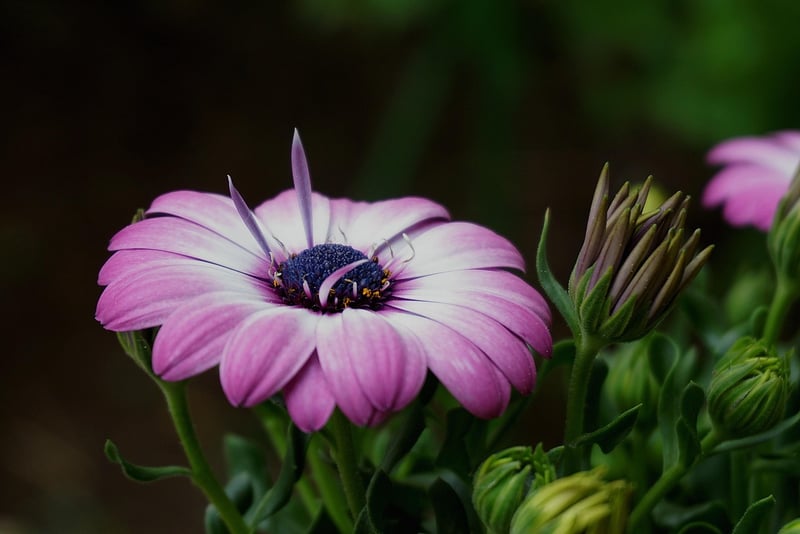Summer Pruning
Adjusting Your Garden for Changing Seasons
Introduction
As the seasons change, your garden requires different care and attention to thrive. Adapting to the needs of your plants and outdoor space is essential for a successful garden all year round.
1. Seasonal Planting
Choose plants that thrive in each season to ensure a vibrant and healthy garden throughout the year. Research the best varieties for your region and consider factors like sunlight, soil conditions, and temperature.
2. Mulching and Fertilizing
Apply mulch to retain moisture, suppress weeds, and regulate soil temperature. Fertilize your plants according to their specific needs and the changing seasons to promote growth and blooming.
3. Watering Schedule
Adjust your watering schedule based on the season and weather conditions. Be mindful of overwatering or underwatering, as both can harm your plants. Consider using a drip irrigation system for efficient watering.
4. Summer Pruning Tips
Summer pruning is essential for maintaining the health and shape of your plants. Follow these tips for successful summer pruning:
- Prune flowering shrubs after they bloom to encourage new growth.
- Remove dead or damaged branches to prevent disease and improve air circulation.
- Prune fruit trees to remove excess growth and promote fruit production.
- Trim hedges to maintain their shape and density.
5. Pest and Disease Management
Monitor your garden regularly for pests and diseases, especially during the changing seasons. Use organic pest control methods whenever possible and remove affected plants to prevent the spread of disease.
Conclusion
By adjusting your garden care practices to the changing seasons and implementing summer pruning techniques, you can ensure a flourishing garden that enhances your outdoor space's beauty and tranquility.


